Description
Contains: Nasturtium Flower
Flavor: The flower and leaves of the nasturtium plant have a mildly spicy flavor. The blooms also fall into the category of edible flower. The flavor profile is dominated by a spiciness that is similar to the heat that you get from mustard, radish, and watercress.
The blooms have a milder flavor than the leaves. The flower buds are edible as well. Nasturtium buds and seed pods can be pickled and used as substitutes for capers.
Nasturtium is a herbaceous plant that has been used in traditional medicine practices in places such as South America since at least the 1500s.Because there are many different species in this plant family, their flowers come in a wide range of colors, including bright yellow, orange and red flowers. Nasturtiums have lush, round leaves and big, drooping flowers that make them stand out in gardens.
Every part of the plant is edible.
NOTE*** Leaves sold separately
Description/Taste
Nasturtium leaves are small in size, averaging 7-10 centimeters in length, and are round, broad, flat, and connected to a central, slender stem. The smooth leaves resemble miniature lily pads and are dark green with a few small, light green veins that branch out from the center. The stems are also light green and are pliable and thin. Petite® Nasturtium leaves are crisp, tender, and initially sweet tasting with a green, tangy flavor that transitions into pepper and mild spice.
Seasons/Availability
Petite® Nasturtium leaves are available year-round.
Current Facts
Nasturtiums are the young, edible leaves of the herbaceous flowering plant and are a part of a trademarked line of specialty greens grown by Fresh Origins Farm in San Diego, California. Designed to be slightly larger than microgreens, Petite® Nasturtiums are harvested 4-6 weeks after sowing and are tender and delicate. The name nasturtium comes from the Latin words for nose (nas), and twist (tortum), which essentially translates to “twisted nose.” Many believe the plant was named for the reaction on a person’s face after biting into the peppery, bittersweet leaves. Today Nasturtium leaves are used similarly to the mature leaves by chefs and home cooks for their peppery bite and unusual round shape.
Nutritional Value
Nasturtium leaves and blooms are high in vitamin C and also contain iron, vitamins A and D, beta-carotene, flavonoids, and manganese.
Applications
Nasturtium leaves are best suited for raw applications as they can add a spicy or peppery flavor and unusual round shape to culinary dishes. The delicate nature of the leaves cannot withstand high heat preparations and are preferred to be used fresh as an edible garnish. Petite® Nasturtium leaves can be placed in pasta, grain, and green salads, added to sandwiches and quesadillas, decorated over seafood such as fish, crab, and lobster, and served alongside meat dishes. They can also be blended into pesto, served on top of desserts, pastries, and sorbets, or served in cocktails. Nasturtium leaves pair well with honey, garlic, chives, onion, brie, tarragon, black mint, yogurt, baby beets, carrots, radishes, granny smith apples, sesame seed oil, and pine nuts. They will keep 7-10 days when stored unwashed, in a sealed container, and in the refrigerator.
Ethnic/Cultural Info
During the Victorian era, nasturtiums were used as a treatment for scurvy due to its high vitamin C content. The leaves were also used as a daily supplement to help fight against common colds and were planted in backyards to always have a supply on hand. In addition to medicinal use, the flowers and leaves also grew in popularity for their beauty because of Monet, the famous painter who often depicted nasturtiums in his painting of landscapes.
Geography/History
Nasturtium varieties that are found today are descendent of two species native to Peru on the Western coast of South America. These species found their way to Europe via Spanish conquistadors and the long trailing vines that we are familiar with today were developed by a Danish botanist. Nasturtiums were seen in the United States as early as 1759 and were planted in Thomas Jefferson’s Monticello garden.Nasturtiums were grown by 4 Leaf Micros Farm in Pensacola FL. Today Nasturtiums can be found through select partners of 4LeafMicros.
****LOCAL PICK UP OR DELIVERY ONLY WE DO NOT SHIP THIS ITEM**** $20.00 Minimum order for delivery in the area we already deliver.


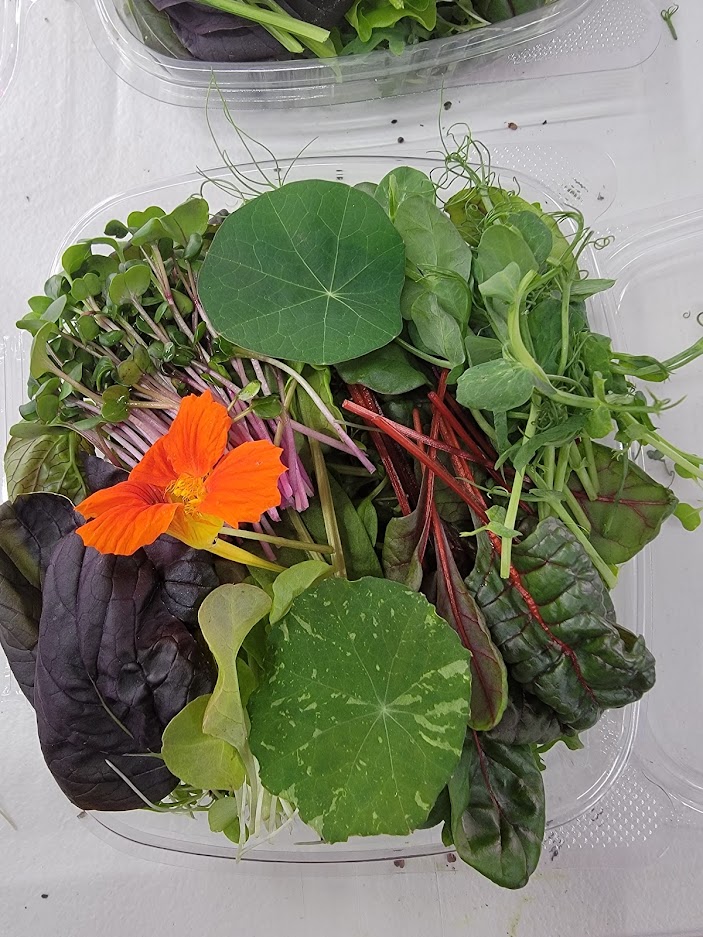
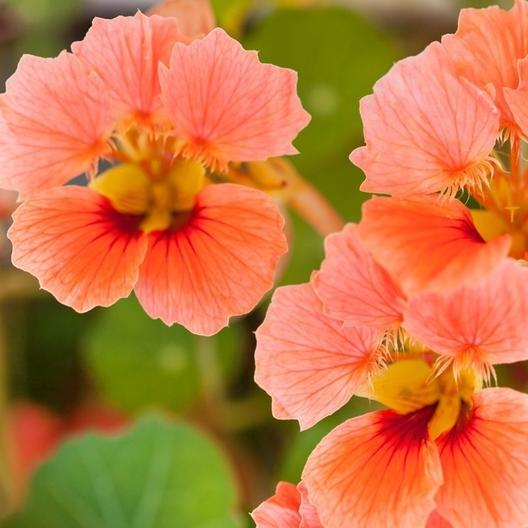
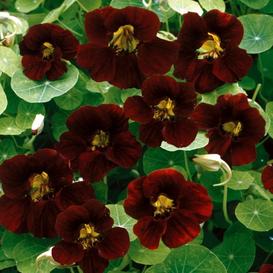
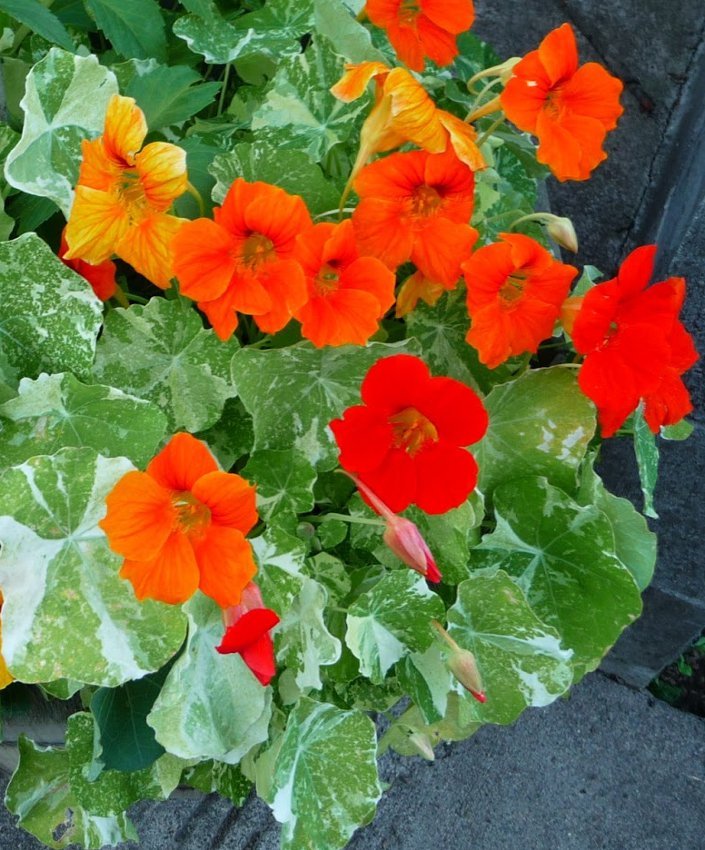

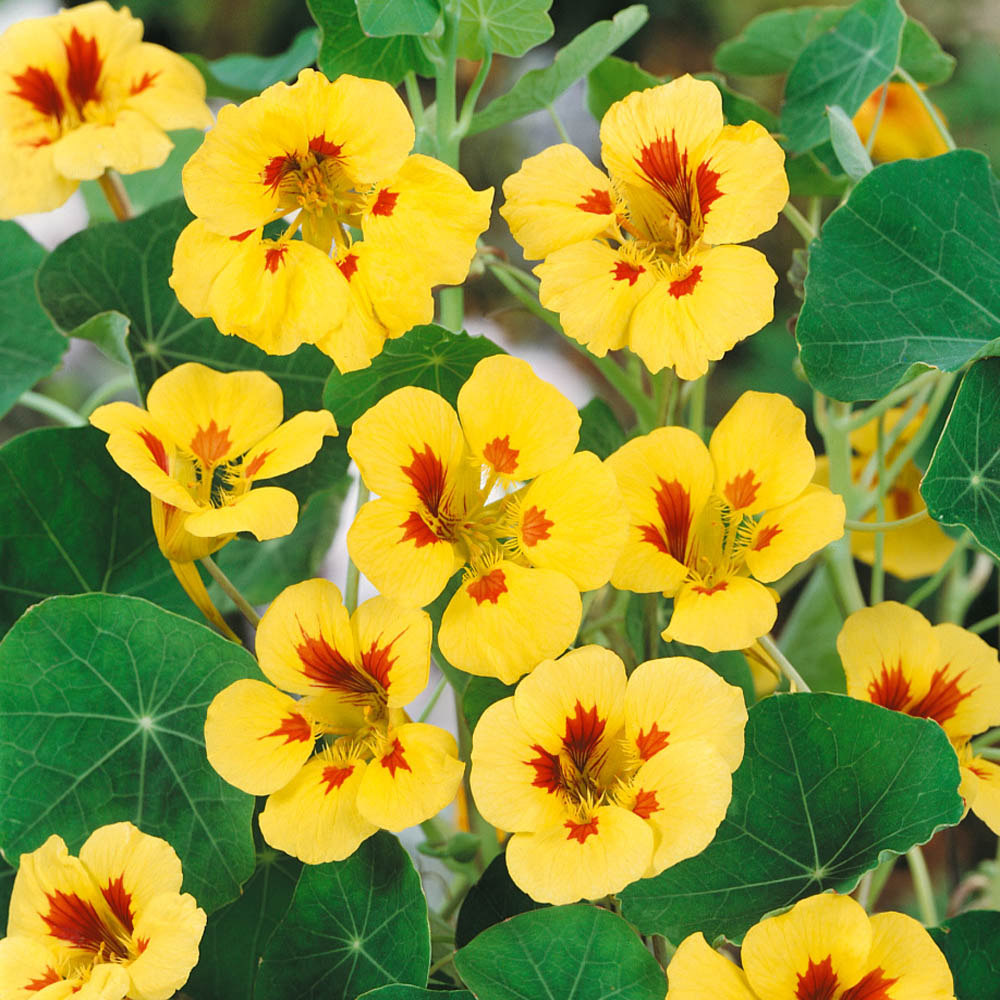
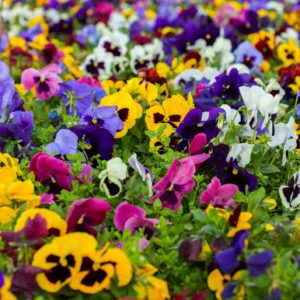
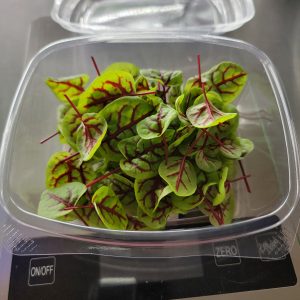

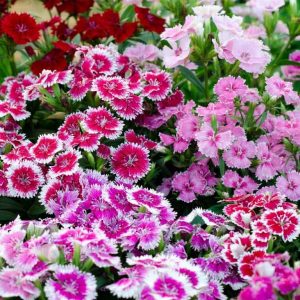

Reviews
There are no reviews yet.